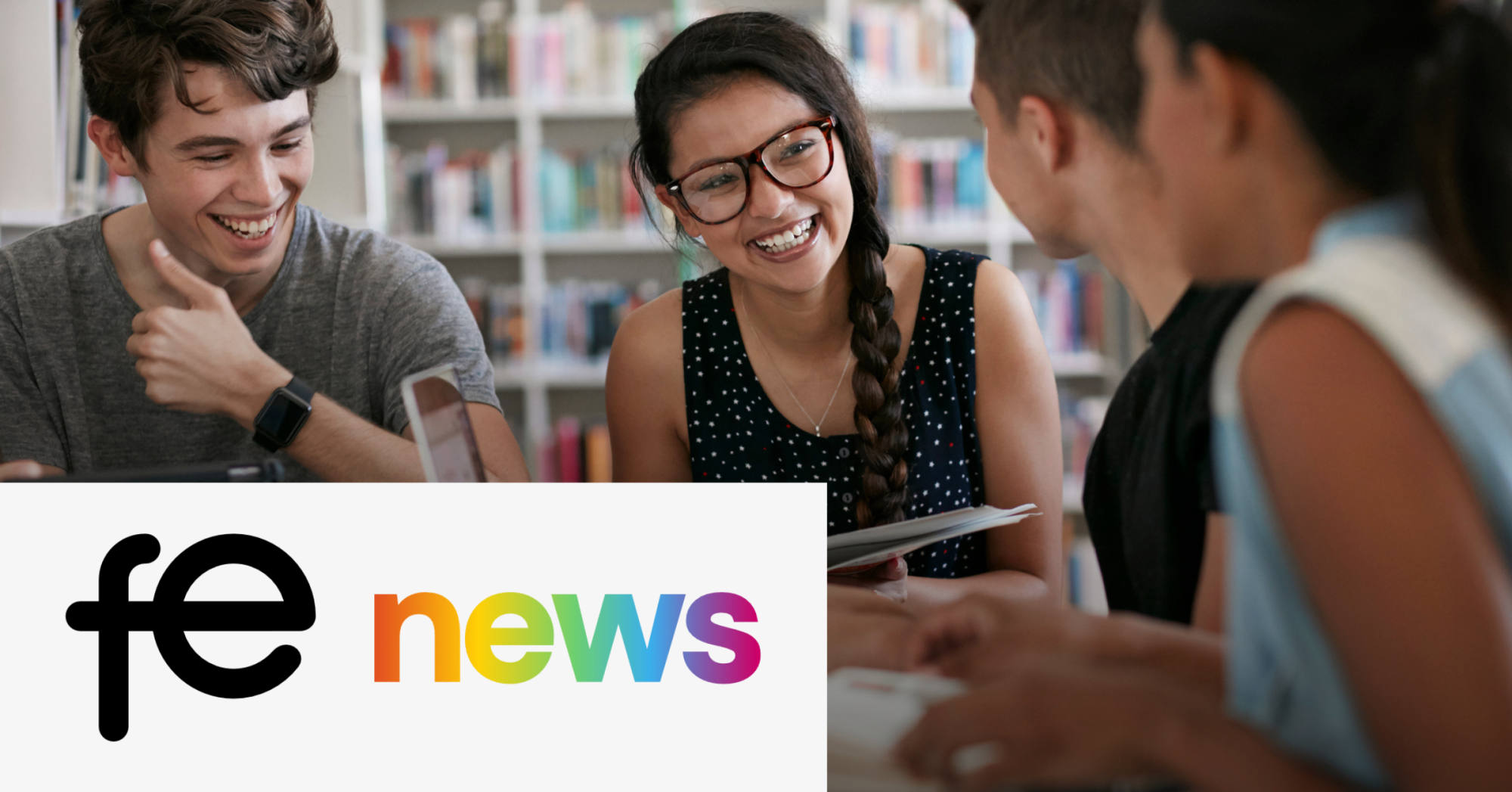
Blended learning and supporting students in the hybrid classroom
When universities suddenly closed their doors in 2020, educators had no choice but to move lectures online abruptly, leaving many students disgruntled and academics whether they wanted to or not, thrown into a technology conundrum to deliver their courses. In two short years the term blended learning has now become the new normal providing an alternative education platform, but just how effective is it and does it need more thought?
According to the National Education Policy 2020, published by India’s government, blended learning should be experiential and activity based. They expanded on this by saying, “it is not a mere mix of online and face-to-face modes but refers to a well-planned combination of meaningful activities in both, underpinned by the use of intentional technology.”